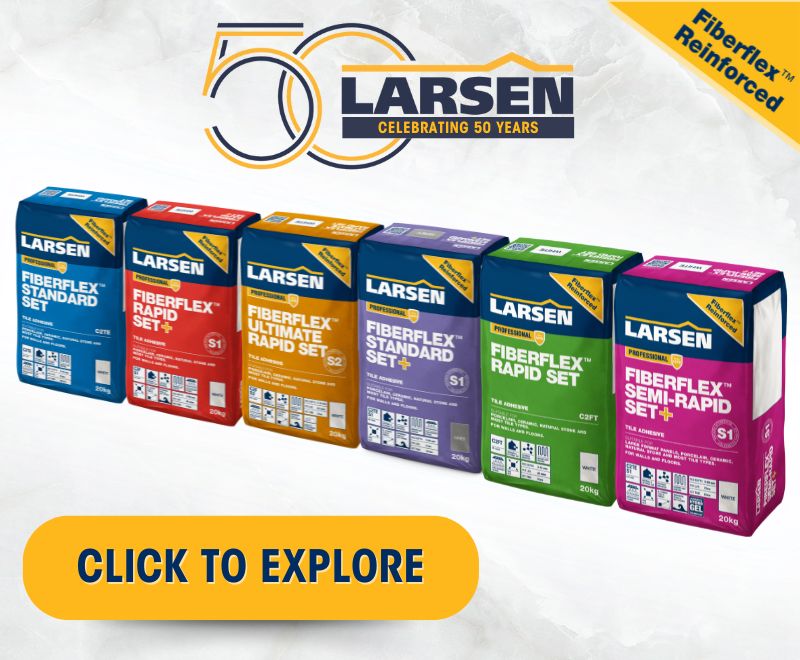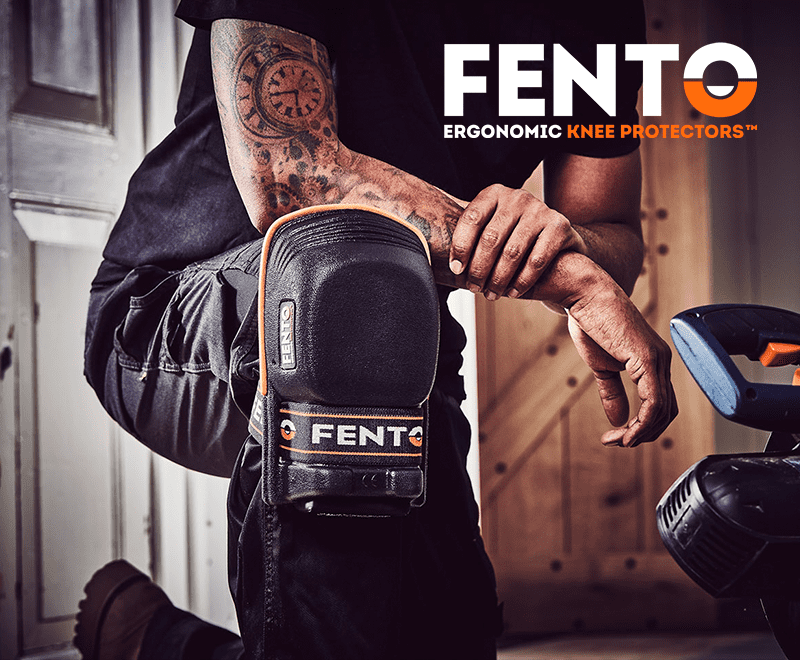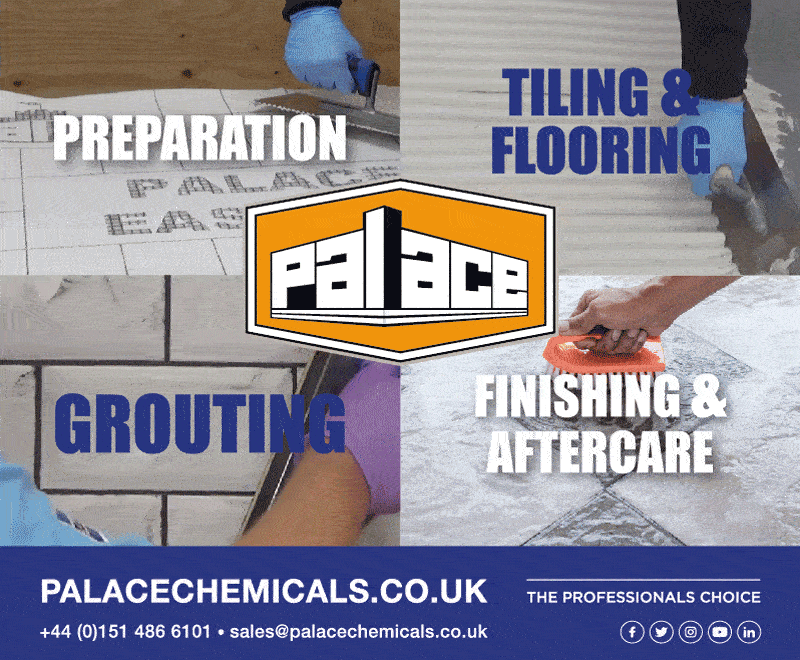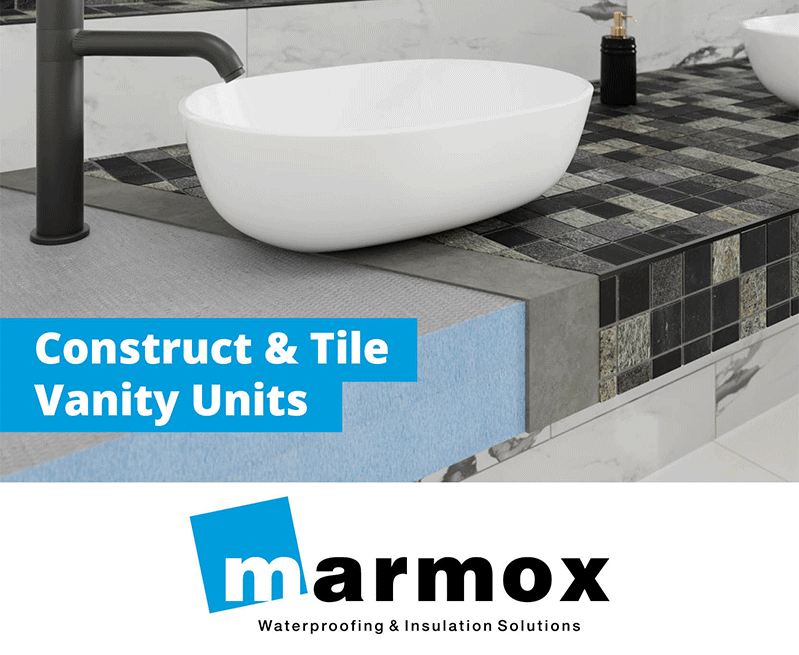Technological development and product improvement is moving fast in the field of tile adhesives and grouts. Jim Percival, technical director at Palace Chemicals elaborates
In today’s market, sustainability is a major consideration when selecting tile adhesives and grouts. It’s worth remembering that tiles generally have a strong sustainability proposition. They’re durable and long-lasting, as well as fireproof, easy to keep clean, waterproof and scratch-resistant and contain no VOCs (Volatile Organic Compounds), likely to adversely affect indoor air quality. Industry bodies estimate that ceramic tiles have a reference service life of 60 years, well beyond many other surface coating alternatives.
Assuming of course the floor and wall area is prepared correctly, tiles should always be installed using appropriately specified high-quality adhesives and grouts, selected to be resilient to the demands that exposure to the foreseeable end-use environment is likely to place upon them. Their long-term durability and performance are now balanced against their contribution to the “carbon footprint” that comes with any new structure. Specifiers are increasingly looking to source materials that have a lower environmental impact.
To help meet their requirements, construction products, including adhesives and grouts, are incorporating increasing levels of raw materials derived from recycled sources and ideally supplied from production facilities which can call upon locally manufactured and stored raw material feedstocks. These don’t compromise the currently established standards of performance and durability they’re required to meet.
Continued research for ever more sustainable raw materials has also identified post-consumer recycled and reprocessed options which are able to reduce the density of the adhesives, making them lightweight in composition and hence more economical to transport and then handle on-site. When mixed with water they create a high-yield, lightweight and easy-to-apply paste with extended open times and excellent non-slip application properties on vertical elevations.
Adhesives with easy to apply properties are preferred when fixing difficult-to-handle large format tiles and panels, which are increasingly part of a popular design trend, owing to their sleek and unfussy aesthetic, which gives a clean and uninterrupted finish.
According to British Standard BS 5385, a large format ceramic tile is defined as a ceramic tile with a surface area greater than 3,600sq cm, but no tile edge greater than 1,200mm. Meanwhile a large format ceramic panel has either a surface area greater than 1sq m or any edge longer than 1,200m.
The choice of adhesive is important, but it doesn’t negate the need for installers to ensure that a 100% void-free solid bed is achieved. This requires careful and controlled application of the adhesive to the substrate and then also back buttering the tiles, while still ensuring a smooth continuous surface finish.
A further issue to consider is that tolerance to substrate and environmental stresses will also be required. When fixing to floors and walls, a polymer-modified cementitious adhesive with a declared performance according to BS EN12004 C2T-S1 should be used, particularly when fixing porcelain tiles. In all cases, advice should be sought from the adhesive manufacturer who should be made aware of all likely substrate and service conditions before the best option can be provided.
It’s incumbent on the fixing professional to ensure that appropriate trowels and application techniques are used when laying an adhesive bed and back buttering panels. Walls need to be within the regularity limits specified in BS5385 prior to installation of the panels, and floors need to be as flat as possible, ideally following the application of a self-levelling compound where level variances are noted and rectified if required.
Issues can arise where the floors are of a reasonable standard for normal flooring but don’t meet the requirement to achieve solid bedding with large format porcelain panels. Large format tiles and panels should be laid to a minimum surface regularity of SR1, in accordance with BS8204, which means a maximum gap of < 3mm over a 2m length. Grout joints should be a minimum of 3mm wide, and expansion joints should be installed around all perimeters and corner joints and large areas spaced out in accordance with guidance provided in BS5385 Part 3. Joint widths may also need to be increased pro-rata according to panel size. So, for instance the minimum joint width for a 3m long ceramic panel is 5mm. Narrower joints, 2mm-3mm wide, can only be achieved with tiles and slabs with specified calibrated manufacturing tolerances.
Other points to bear in mind include when tiling on to walls, where a non-slip adhesive should be used. These will have a ‘T’ classification in accordance with BS EN 12004. A standard setting adhesive is generally preferable when fixing wall tiles. However, a rapid setting adhesive (‘F’ classification in accordance with BS EN 12004) is recommended for floor tiling when there’s a need for prompt access from associated trades. Additionally semi-rapid setting adhesives are now available, which offer an extended working time pot life and have set times of around 5-6 hours, thus still allowing completion in a single day-shift.
In areas where background movement is anticipated, such as heated floors or overlaid timber or areas which may be subject to vibration, a “flexible” polymer modified adhesive (compliant with EN12004 C2 S1) and grout (EN13888 CG2) should be used, in accordance with BS 5385: Annex C7 – 2024.
Grout selection is also determined by the joint width required. A width of 3mm is generally used for wall tiles whereas typically 3-5mm width joints are used on floors and wide joints will require shrink resistance as specified in the grout standard EN13888.
www.palacechemicals.co.uk










